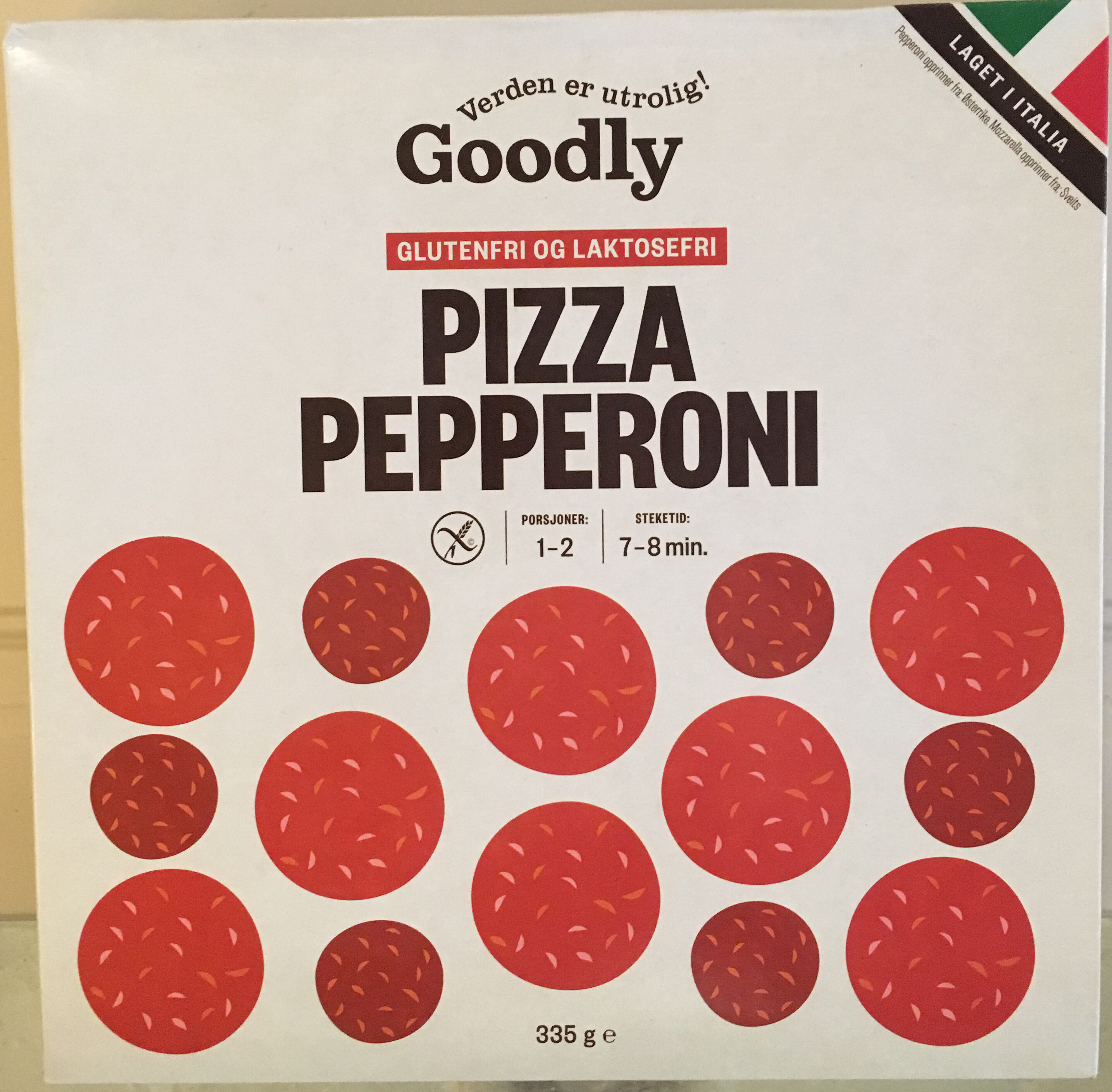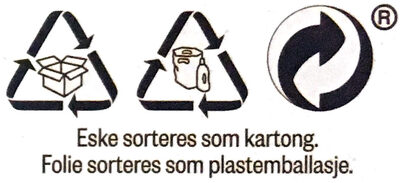Pizza Pepperoni - Goody - 335g
This product page is not complete. You can help to complete it by editing it and adding more data from the photos we have, or by taking more photos using the app for Android or iPhone/iPad. Thank you!
×
Barcode: 7032069728215 (EAN / EAN-13)
Quantity: 335g
Brands: Goody, Rema 1000, Appetais Italia
Categories: Meals, Pizzas pies and quiches, Pizzas, Pepperoni pizzas
Labels, certifications, awards: No gluten
Origin of the product and/or its ingredients: Pepperoni fra Østerriket, Mozzarella fra Sveits
Countries where sold: Norway













